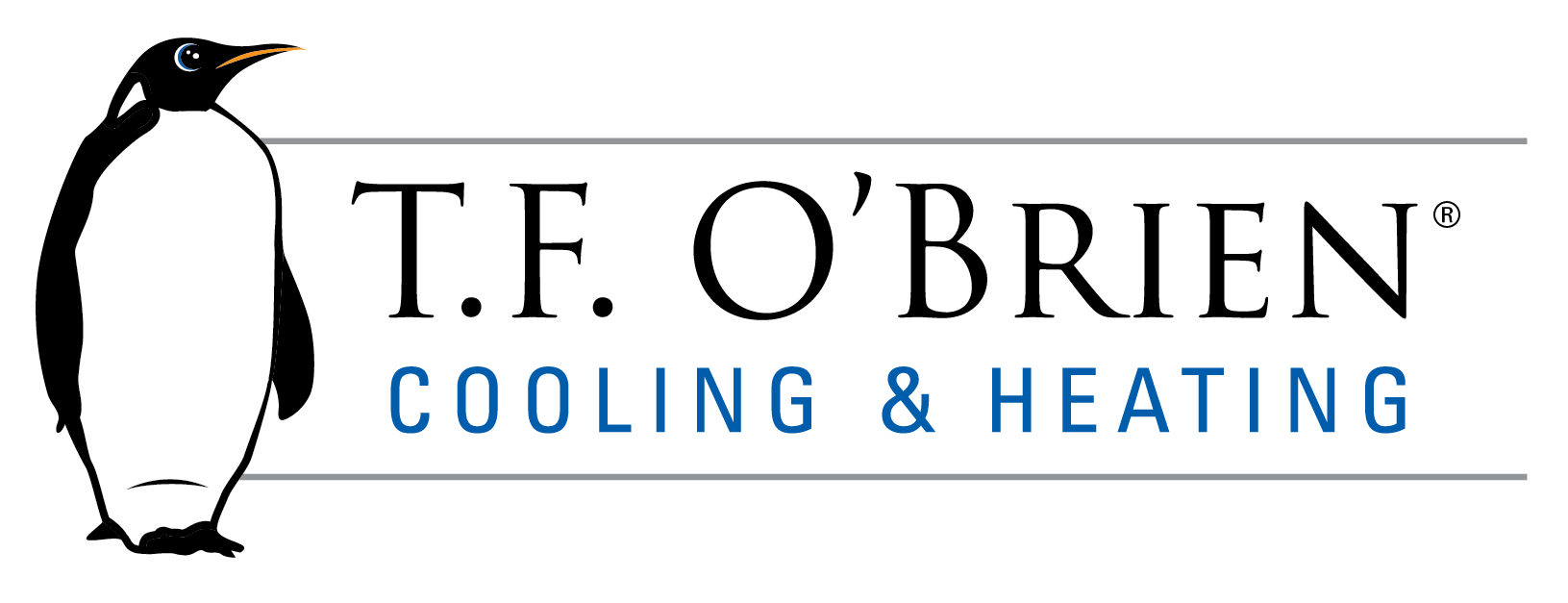 A Ceiling Fan Can Help Your Home’s Circulation
A Ceiling Fan Can Help Your Home’s Circulation
Some things in life just seem to go together: a tea bag and water, a hammer and nails and an A/C and ceiling fans. When you put the last two into action inside of your home, you can reach peak energy efficiency.
On a moderate day, you can cool down a room by running your ceiling fan — and only your ceiling fan, without running your A/C. You can sit below a fan and usually feel a “draft†of cool air.
But this much is equally true: It’s on those hot, humid Long Island days that your A/C and ceiling fan can tag-team to save you money on your energy bill.
The most dramatic example: You can turn a ceiling fan to “medium”or “high”and set your thermostat about 4 degrees higher than usual and not feel a bit less comfortable, according to the U.S. Department of Energy.
This is precisely where you can begin to rack up energy savings because for each degree you set your thermostat above 72 degrees, you can save between 1 and 3 percent on your bill, according to the California Energy Commission’s Consumer Energy Center.
Ceiling fans do more than circulate air. As warm air naturally rises to the ceiling, the fans excel at breaking up those blocks of dense air. Moreover, they cool by evaporation, creating a wind-chill factor that is noticeable on the skin, especially if you sit right underneath one.
Obviously, larger ceiling fans circulate more air than smaller fans, but they still must be sized correctly. For example, a 36- to 44-inch fan is ample for rooms that are up to 225 square feet; a 52-inch fan should be used in larger rooms. And always choose a ceiling fan with the familiar Energy Star label to maximize energy savings potential.
When you get ready to create a truly cool tag-team for your home between your A/C and ceiling fans, call the cooling experts at T.F. O’Brien Cooling & Heating. We’ll work with you like ice cubes and lemonade.
Our goal is to help educate our customers about energy and home comfort issues (specific to HVAC systems). For more information about other HVAC topics, download our free Home Comfort Resource guide.
Image via Shutterstock.com
